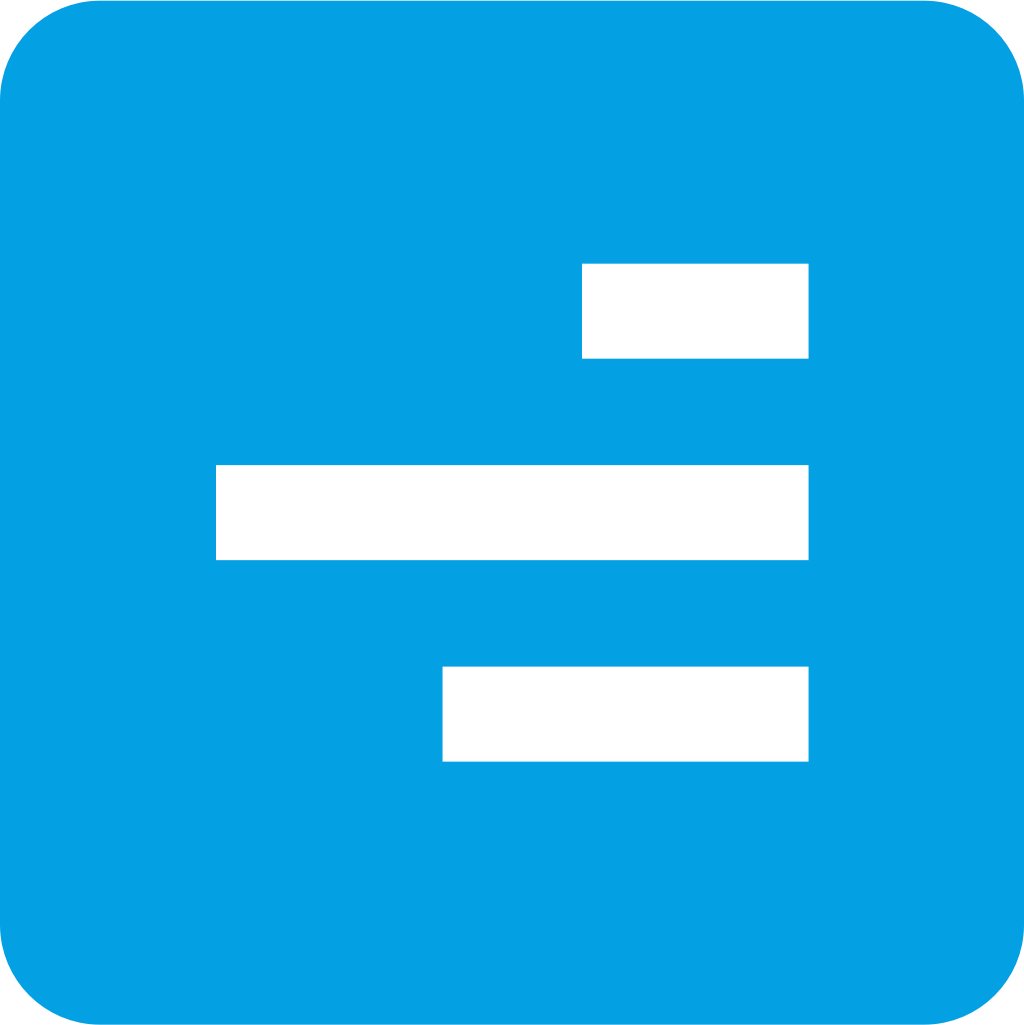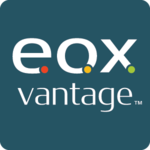Description

Zarafa

Shotgun
Comprehensive Overview: Zarafa vs Shotgun
Zarafa and Shotgun are two distinct products with different functionalities and target markets. Here's a comprehensive overview of each:
Zarafa
a) Primary Functions and Target Markets
- Primary Functions: Zarafa was originally an open-source groupware application, primarily aimed at providing an alternative to Microsoft Exchange. It offered email management, calendaring, and collaboration tools, with support for the Microsoft Outlook interface using a proprietary plugin.
- Target Markets: Its target market included businesses and organizations that were looking to reduce costs associated with Microsoft Exchange, as well as those preferring open-source solutions. It particularly appealed to small to medium-sized enterprises (SMEs) seeking a reliable email and collaboration platform.
b) Market Share and User Base
- Zarafa was considered a niche product in the overall market for groupware solutions. Its user base was largely composed of SMEs, and it had a strong following in the open-source community. Over time, its market presence declined as many organizations moved towards cloud-based solutions or other more comprehensive offerings like Microsoft Office 365 or Google Workspace.
c) Key Differentiating Factors
- Open Source Nature: Zarafa's open-source model was a significant differentiator, which allowed users to modify and customize the software according to their needs.
- Outlook Compatibility: The ability to integrate seamlessly with Microsoft Outlook made it attractive to organizations wanting to maintain a familiar user environment while avoiding Microsoft Exchange.
- Cost Efficiency: As an open-source solution, it offered potential cost savings on licensing compared to proprietary products.
Shotgun
a) Primary Functions and Target Markets
- Primary Functions: Shotgun is a production management tool specifically designed for creative industries, such as visual effects, animation, and video game production. It helps teams track projects, manage tasks, collaborate, and streamline workflows.
- Target Markets: Its primary target markets are in the creative sectors, particularly studios involved in film, TV, and interactive media production. It is used by artists, producers, and managers to enhance productivity and communication within teams.
b) Market Share and User Base
- Shotgun holds a significant position in the media and entertainment industry, being widely adopted by numerous high-profile studios around the world. Its specialized focus on production management for creative projects has earned it a solid and dedicated user base among professionals in these fields.
c) Key Differentiating Factors
- Industry Specialization: Unlike general project management tools, Shotgun caters specifically to the workflows and needs of the creative industry, offering tools and integrations suitable for media production.
- Collaboration and Visualization: Shotgun emphasizes collaborative workflows with features for task tracking, review, and approvals, designed to handle the complex pipelines in creative productions.
- Integration Capabilities: It integrates with a variety of industry-standard applications like Maya, Houdini, and Nuke, providing seamless workflow management across different software environments.
Comparison Summary
- Zarafa was an open-source groupware solution focused on general business communication needs, whereas Shotgun is a specialized tool catering to the needs of the creative industries for project and production management.
- While Zarafa aimed to provide an affordable alternative to widely-used email servers, Shotgun has carved out a niche in media production through its tailored features and integrations.
- In terms of market focus, Zarafa appealed to businesses looking for cost-effective email solutions, while Shotgun directly addresses the complexities of media production workflows.
Contact Info

Year founded :
Not Available
Not Available
Not Available
Netherlands
Not Available

Year founded :
2014
Not Available
Not Available
France
Not Available
Feature Similarity Breakdown: Zarafa, Shotgun
As of my last update, Zarafa and Shotgun are both software tools, but they cater to different industries and functionalities, which limits the extent of their feature overlap. Below is a breakdown based on available information:
a) Core Features in Common
-
Collaboration Tools: Both Zarafa and Shotgun provide tools that facilitate collaboration. Zarafa, as a groupware application, offers features like email, calendaring, and task management that support communication within teams. Shotgun, tailored for creative production management, provides features that help teams collaborate on media and assets through status updates, task tracking, and review tools.
-
Task Management: Both platforms allow for tracking and managing tasks. Zarafa integrates task management into its email client, while Shotgun provides task tracking within production pipelines for creative projects.
-
Integration Capabilities: Both applications support integrations with other tools, enhancing their native functionalities and allowing seamless workflows. Zarafa can integrate with various email clients and services, while Shotgun integrates with creative tools like Autodesk's suite, Adobe products, and other VFX/animation software.
b) User Interfaces Comparison
-
Zarafa UI: The user interface of Zarafa, similar to traditional email clients, provides a familiar look and feel with features like a mailbox, calendar, contacts, and tasks, typically presented in a straightforward, no-frills manner focused on productivity.
-
Shotgun UI: Shotgun has a more specialized interface designed for visual project management. It offers a highly visual and customizable layout, allowing users to create dashboards, track production progress, and annotate media assets. Its UI is more focused on providing visual feedback and asset management capabilities required by creative teams.
c) Unique Features
-
Zarafa Unique Features:
- Email Server Replacement: Zarafa is designed to serve as an open-source alternative to Microsoft Exchange, offering mail server capabilities and enterprise-level email services.
- WebApp and Mobile Sync: Zarafa provides its WebApp and mobile synchronization capabilities, allowing users to access their emails and calendars from various devices seamlessly.
-
Shotgun Unique Features:
- Production Tracking and Media Review: Shotgun excels in project management for film, TV, and game production, offering specialized tools for media review, asset tracking, and annotation. Its review tools are built to cater specifically to visual media, with integration into workflows that require frame-by-frame analysis and feedback.
- Pipeline Integration: With robust API support, Shotgun can integrate deeply into production pipelines, offering scriptable automation and tracking throughout the creation process.
In summary, Zarafa and Shotgun serve distinct purposes with some overlapping functionalities like collaboration and task management. They differ significantly in their user interfaces, designed to cater to their respective use cases: email and calendaring for Zarafa, and creative project management for Shotgun. Their unique features further underscore their targeted applications in enterprise email solutions and production tracking for media, respectively.
Features

Not Available

Not Available
Best Fit Use Cases: Zarafa, Shotgun
Zarafa and Shotgun are both specialized software solutions, each catering to distinct needs and industries. Here's a detailed breakdown of their best-fit use cases:
Zarafa:
a) For what types of businesses or projects is Zarafa the best choice?
Zarafa Overview: Zarafa is an open-source groupware platform designed primarily for enterprise communication and collaboration. It offers features similar to those of Microsoft Exchange, including email, calendaring, task management, and collaborative workspaces.
Best Fit Use Cases:
-
SMEs Seeking Cost-Effective Solutions:
- Small to medium enterprises (SMEs) that need enterprise-level communication tools but have budget constraints may find Zarafa appealing due to its open-source nature and lower cost of ownership.
-
Organizations Focused on Data Privacy:
- Businesses that prioritize data sovereignty and privacy might choose Zarafa for its on-premise deployment options and open-source transparency, allowing for greater control over data.
-
Linux-Based IT Infrastructures:
- Companies operating primarily on Linux environments can seamlessly integrate Zarafa into their existing systems, making it an ideal choice for organizations with Linux expertise.
-
Educational Institutions:
- Schools, colleges, and universities looking for a collaborative platform for staff and students might prefer Zarafa for its flexibility and cost-effectiveness.
Shotgun:
b) In what scenarios would Shotgun be the preferred option?
Shotgun Overview: Shotgun is a project management and collaborative review software tailored for creative teams and studios, particularly in the media, entertainment, and game development industries.
Best Fit Use Cases:
-
Media and Entertainment Industry:
- Shotgun is ideal for film, animation, visual effects (VFX), and post-production studios that require tools for tracking tasks, reviewing creative content, and managing complex pipelines.
-
Game Development Studios:
- Game developers that need robust project management capabilities to handle asset management, team collaboration, and iterative project workflows benefit from Shotgun’s specialized features.
-
Agencies and Creative Firms:
- Creative agencies that produce high volumes of digital content can use Shotgun to streamline asset approval processes, deadline tracking, and client collaboration.
-
Large and Distributed Teams:
- Organizations with distributed teams working on large-scale creative projects will find Shotgun’s cloud-based collaboration and review features particularly advantageous.
Catering to Different Industry Verticals or Company Sizes:
Zarafa’s Approach:
- Industry Verticals: Zarafa is versatile enough for various sectors such as education, healthcare, and any industry that relies on email and collaborative tools.
- Company Sizes: It mainly caters to small to medium-sized businesses or any organization that prefers cost-effective, open-source solutions with a focus on privacy and control.
Shotgun’s Approach:
- Industry Verticals: Highly specialized for creative industries, including film, television, gaming, and digital content production.
- Company Sizes: While it is beneficial for small creative teams, Shotgun is particularly suited for mid to large-sized studios that handle complex projects requiring detailed tracking and review workflows.
In summary, Zarafa serves businesses seeking a cost-effective, open-source alternative for communication and collaboration, particularly in environments emphasizing data control. On the other hand, Shotgun is tailored for creative industries needing sophisticated project management and asset tracking solutions, especially in media, entertainment, and gaming.
Pricing

Pricing Not Available

Pricing Not Available
Metrics History
Metrics History
Comparing undefined across companies
Conclusion & Final Verdict: Zarafa vs Shotgun
To provide a conclusion and final verdict for Zarafa and Shotgun, let's examine the two software solutions across several dimensions. Note that comparisons are typically made in the context of use cases, such as working in media production, VFX, or collaboration platforms. As such, conclusions may vary based on specific needs.
A) Best Overall Value
Shotgun: The software generally offers the best overall value for teams involved in creative and media production environments, where tracking projects, assets, and workflows is essential. Its strength lies in its wide array of tools specifically designed to streamline complex processes, making it ideal for studios that require robust pipeline integration.
B) Pros and Cons
Zarafa:
-
Pros:
- Open-source email and collaboration solution, potentially lowering costs compared to proprietary alternatives.
- Allows for easy integration with existing systems, especially for organizations utilizing Linux.
- Offers features like shared calendars, contacts, and tasks, which are useful for teams needing simple collaboration tools.
-
Cons:
- May not provide the level of specific project management and asset tracking capabilities that media-focused solutions like Shotgun offer.
- Support and updates might be less robust compared to commercially funded alternatives.
Shotgun:
-
Pros:
- Excellent for media production environments due to features like task management, asset tracking, and workflow automation.
- Strong capabilities for integration with other tools and software used in VFX and animation pipelines.
- Provides cloud-based access, facilitating remote work and collaboration.
-
Cons:
- Can be expensive, particularly for smaller teams or independent creators.
- May require dedicated training and support to maximize its potential given its extensive features.
C) Specific Recommendations
-
For Users Needing Email and Basic Collaboration: If the primary requirement is email communication with added collaboration capabilities like shared calendars and tasks, Zarafa is a suitable choice, especially for organizations focused on cost-efficiency and open-source software.
-
For Media Production Teams: Shotgun is the preferable option due to its specialized tools tailored for managing complex media production workflows. Its comprehensive suite supports task tracking, team collaboration, and pipeline integration, which are crucial for creative teams.
Ultimately, the decision should be based on the particular needs of the organization. If cost and simplicity are priorities, particularly within a Linux environment, go with Zarafa. If the focus is on maximizing efficiency and project management in media-heavy environments, Shotgun is the best choice.
Add to compare
Add similar companies




